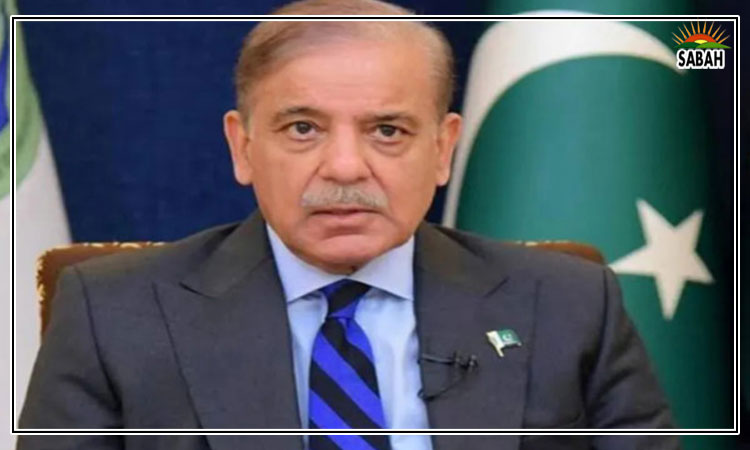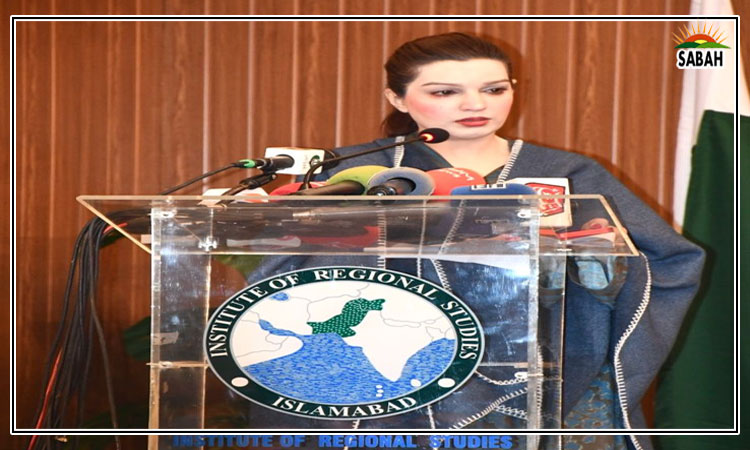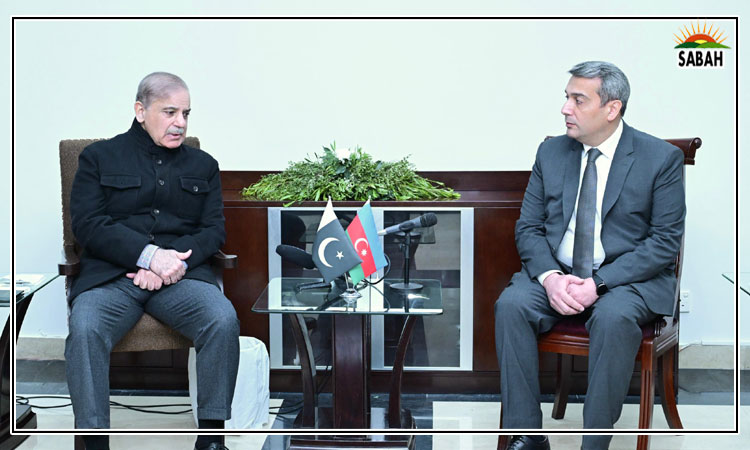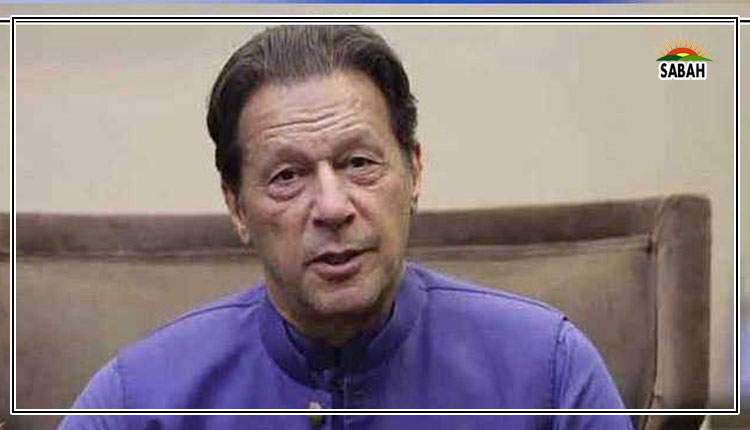Identify means to enable US-China collaboration… Syed Mohammad Ali
While Chinas rampant growth over the past few decades has led it to become a great power, its rise has increasingly brought it to loggerheads with the United States. Despite recognising the value of cooperation, China and the US have primarily engaged in competition, or adopted overtly conflictual postures, as they vie for geostrategic influence. It is, however, possible for both countries to work towards mutually beneficial goals on a range of important challenges such as contending with climate change or averting another global pandemic.
Besides paying heed to prospects of direct bilateral collaboration, both China and the US should be open to the possibility of cooperating with each other in third countries, instead of enticing or compelling already stressed countries to pick a side. Poorer countries can ill-afford to become entrapped in an unproductive and adversarial neo-Cold War.
Yet, the strategic rivalry between China and the US intensified with Chinas announcement of the Belt and Road Initiative (BRI) in 2013. BRI-related financing has enabled many resource-constrained countries access to much-needed foreign investments. However, US policymakers often describe Chinas growing economic influence as an exercise in debt diplomacy, which leverages financial aid to exert influence over poorer countries, even though the US itself uses aid to secure its own foreign policy goals. The emergent US-China rivalry has also taken on varied other forms ranging from contestations surrounding rules of trade to increasingly aggressive military posturing.
As the US has been stepping up efforts to bolster cooperation with countries surrounding China, the South Asian region has become one of the most hotly contested arenas for great power competition. On the one hand, the US is continuing to work closely with India to counter-balance China. On the other hand, however, US policymakers view Pakistans growing military ties, and its reliance on Chinese financing for implementation of the China-Pakistan Economic Corridor (CPEC) as evident signs of Chinas oversized influence in Pakistan. The US also fears that Pakistans handing Gwadar over to Chinese management is the first step in the commercial port becoming a strategic dual-use facility in the Arabian Sea.
Pakistan has been successful in leveraging its geoeconomic location to secure Chinese funding to address its urgent infrastructure and energy needs. But Pakistan still needs to craft a balanced approach which allows it to continue cooperating with China without foregoing its longstanding relationship with the US. Given its historical ties with both China and the US, Pakistan can provide an ideal arena for testing great power collaboration.
Pakistans ability to enable rapprochement between China and the US, as it did during the Nixonian era, seems unlikely in the current circumstances. However, neither the US nor China needs to view their relationship with Pakistan as a zero-sum game. While relations between Pakistan and the US remain tenuous, the US is still Pakistans largest export market. The US can in fact become a vital source of foreign investments which could help Pakistan realise the economic potential of the special economic zones created via CPEC. Conversely, American disengagement with Pakistan would not only add to Pakistans existing economic stress, but also compel Pakistan to become more beholden to China due to its inability to service its fast-accumulating Chinese debts.
Several policy experts have recognised the need to identify pathways for the US and China to co-exist or even collaborate with each other in strategically vital countries like Pakistan. Yet, it seems that America and China have not yet been able to identify tangible possibilities for mutually beneficial engagements within Pakistan. Thus, Pakistan needs to be proactive in terms of identifying specific on-ground possibilities for US-China engagement, which simultaneously enable Pakistan to achieve much-needed economic growth, human development and environmental resilience.
Courtesy The Express Trbune












